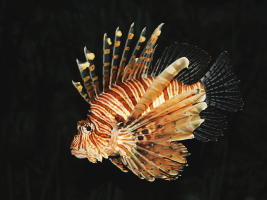Top 10 Deadliest Fish in the World
Fish are among the most diverse animals we are aware of, and they can be found in a wide variety of habitats, including tropical rainforests, alpine rivers, ... read more...and densely crowded urban areas. Some fish species can at best thoroughly ruin your day and at worst kill you in a matter of seconds, despite the fact that the majority of fish are harmless underwater creatures that don't want anything to do with you. The world's deadliest fish are also among the world's deadliest creatures, capable of inflicting harm in a startling number of different ways on anyone unlucky enough to come into contact with them.
-
Puffer fish are another contender for the title of “most poisonous” fish in the world because of their propensity to ball up in order to fend off predators. That is only applicable when their poison is ineffective, though. Tetrodotoxin, a form of venom that almost all pufferfish species carry, is 1,200 times more potent than cyanide and can be lethal in a matter of hours. Additionally, because there is no known cure, they pose a particular risk to swimmers in isolated places.
Despite being deadly, the Japanese have come to regard the fugu species of puffer fish as a delicacy. Only trained, licensed chefs are allowed to prepare its meat, at least the edible half, making it one of the priciest foods available nationwide. Despite the fact that eating fugu is still thought to cause the death of one person annually in Japan, according to some estimates.
Kingdom: Animalia
Phylum: Chordata
Class: Actinopterygii
Order: Tetraodontiformes
Suborder: Tetraodontoidei
Family: Tetraodontidae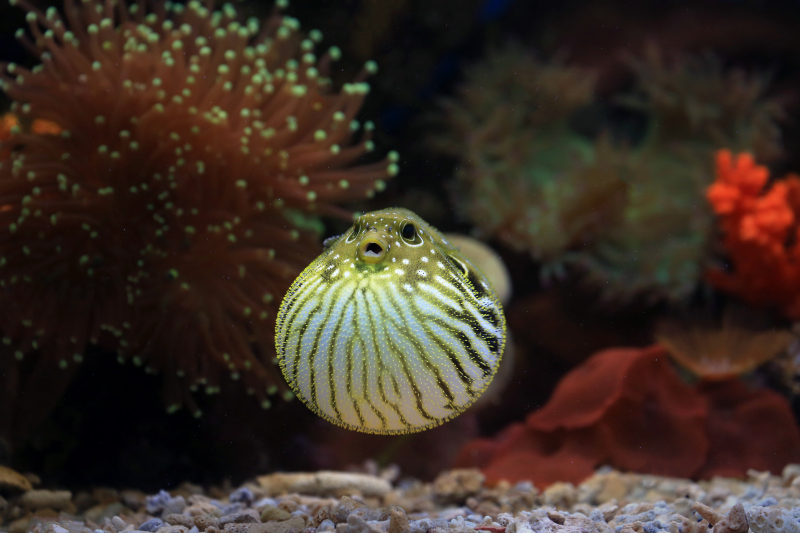
Image by Jeffry Surianto via pexels.com 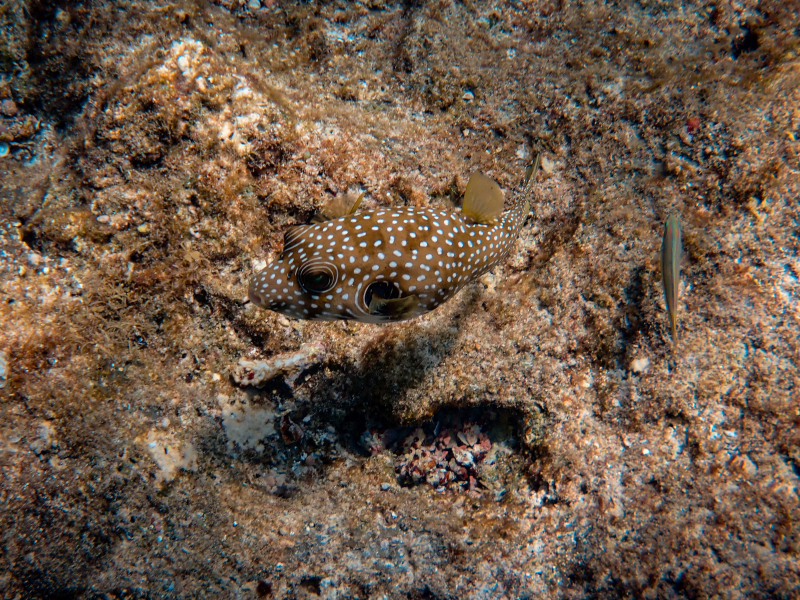
Image by Francesco Ungaro via pexels.com -
Stone Fish get its name from how they seem because when they're swimming, it's easy to mistake them for a lone stone on the ocean floor. However, if someone were to make this error and then happen to tread on one, they would probably end up in the hospital, and that's assuming they're lucky. While it's debatable whether stone fish are the most dangerous fish in the sea—the term "poisonous" can refer to a variety of things—they undoubtedly rank among the worst.
Due to their exceptional camouflage, stone fish species are typically found in habitats near the ocean's bottom in the Indo-Pacific area. Although a bite is a genuine risk if you step on them, they are not particularly violent toward large species they can't reasonably eat, like humans.
Due to the widespread availability of an efficient antidote close to the stone fish's natural habitats, there haven't been many deaths from stone fish bites, but they have the potential to cause significant harm if untreated. Within hours of being bitten, stone fish venom can result in paralysis, tissue necrosis, heart failure, and even death.Kingdom: Animalia
Phylum: Chordata
Class: Actinopterygii
Order: Scorpaeniformes
Family: Scorpaenidae
Subfamily: Synanceiinae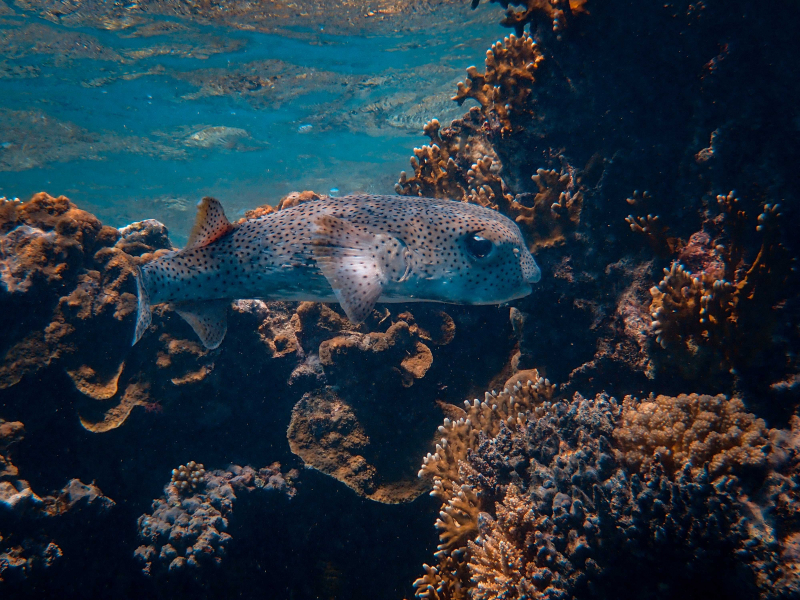
Image by Francesco Ungaro via pexels.com 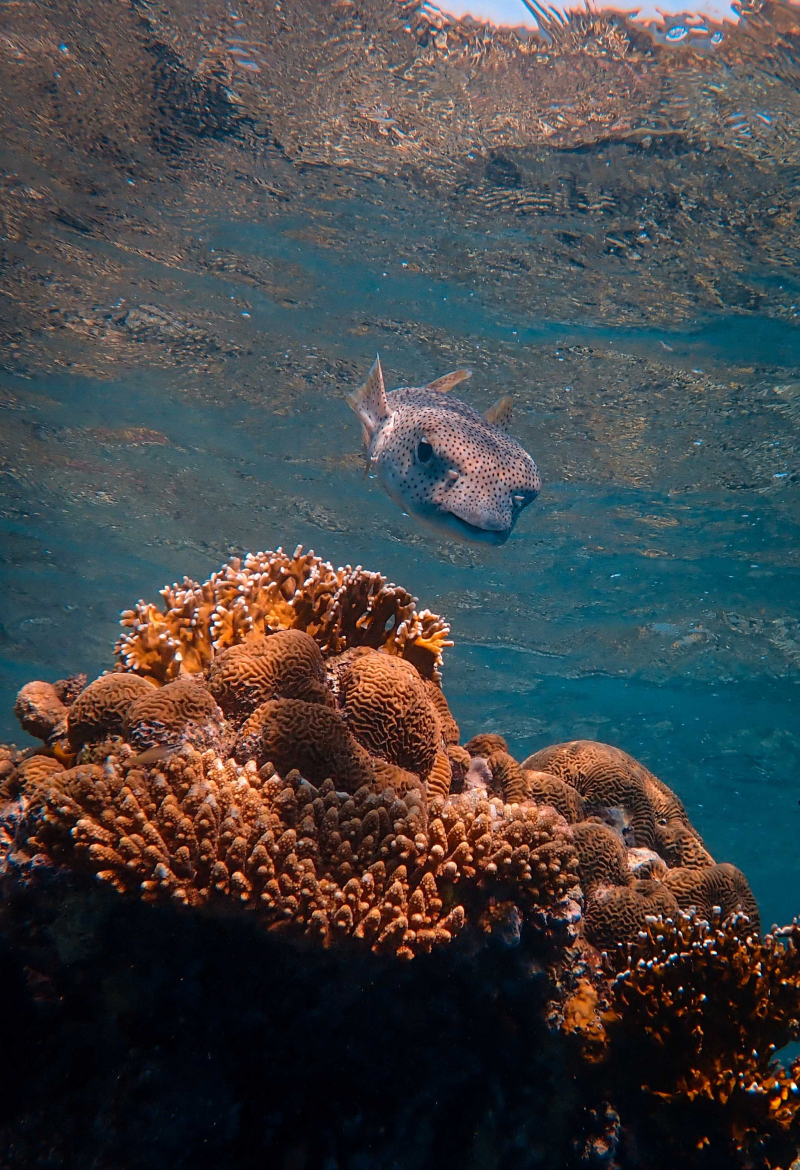
Image by Francesco Ungaro via pexels.com -
The venom of jellyfish species is shockingly uncomfortable, despite the general belief that it cannot be fatal. Jellyfish species are noted for their distinctive look. Although the majority of jellyfish species cannot harm humans, there are a handful that can, with the box jellyfish family being the deadliest.
Some species are also among the most dangerous ones to be discovered in the oceans, such as the Australian box jellyfish, also called sea wasps. Their nematocysts, which are microscopic, poison-filled darts on their tentacles, are how they sting. Within a few minutes of being bitten, it has the power to induce a heart attack, complete bodily paralysis, loss of consciousness, and even death.
On top of all that, they are typically practically transparent, making it difficult to see them in the ocean. In Australia alone, sea wasp stings have killed at least 63 individuals in the past 80 years.
Kingdom: Animalia
Phylum: Cnidaria
Class: Cubozoa
Order: Chirodropida
Family: Chirodropidae
Genus: Chironex
Species: C. fleckeri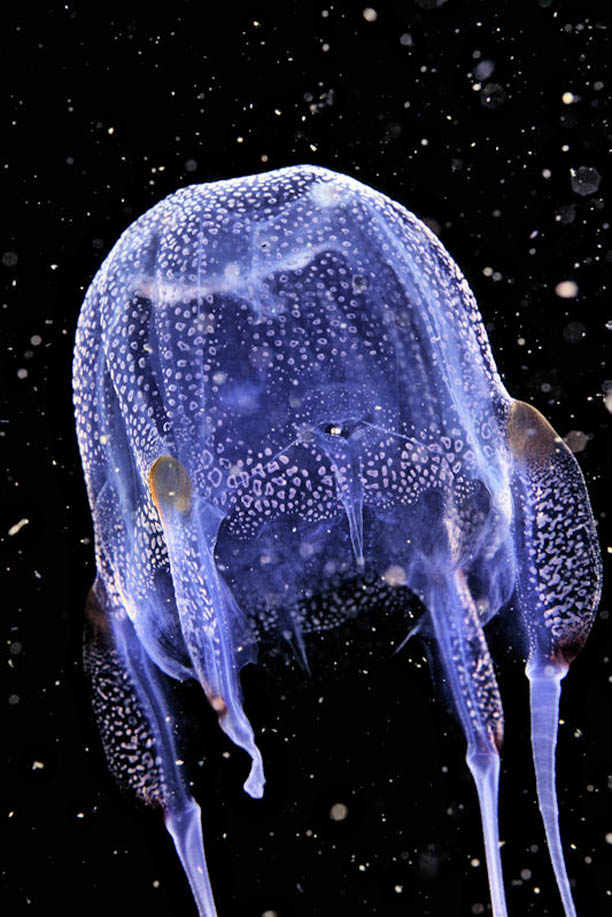
https://kufarooq.blogspot.com/ 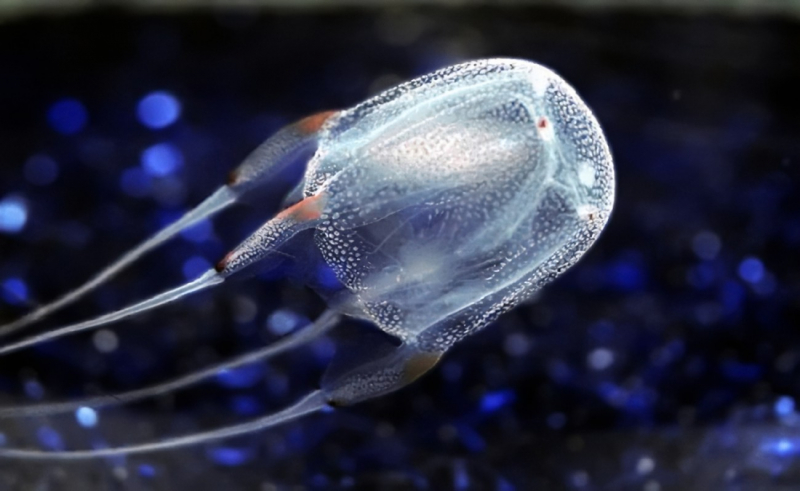
http://wanderlord.com/ -
Africa is home to the tigerfish family of fish, which can be identified by their enormous size and menacing-looking jaws. Some species, like the Goliath Tiger, which is mostly found in the Congo River and surrounding areas, may reach weights of up to 110 pounds and lengths of up to 1.8 meters, and that's just the largest one ever recorded.
The Goliath is the only species of tiger fish that often assaults swimmers and is generally hostile to anyone caught in its territory, despite the fact that the majority of tiger fish species are innocuous to people. It also attacks in a similar manner, so picture it as a terrifyingly larger piranha. Although they are not harmful, a simple glance would show that they are not necessary to be.
They frequently attack in bunches and may quickly dispatch much larger prey, as they frequently do. The easiest method to avoid coming into contact with one in the wild is to avoid swimming in the same bodies of water as them because they are territorially aggressive.
Kingdom: Animalia
Phylum: Chordata
Class: Actinopterygii
Order: Characiformes
Family: Alestidae
Genus: Hydrocynus
Species: H. goliath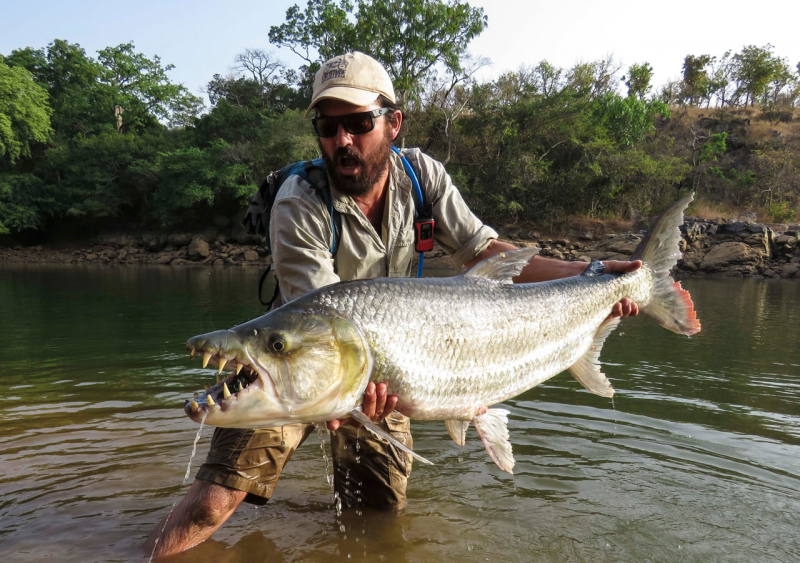
https://www.moldychum.com 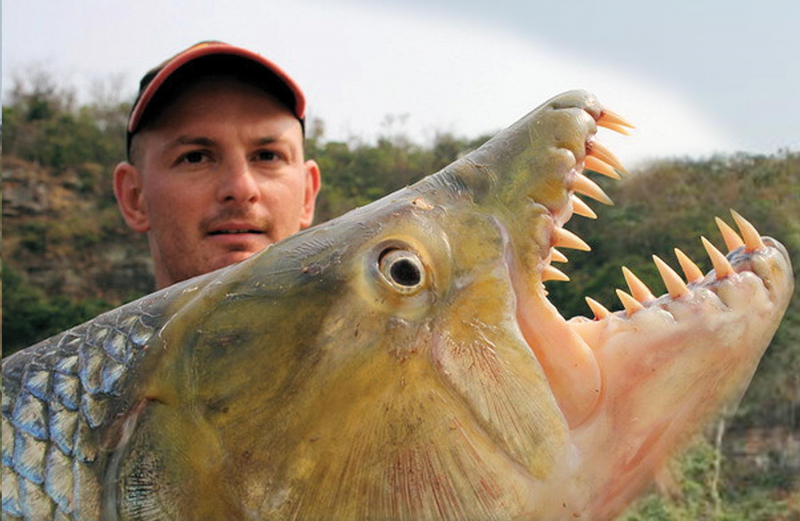
https://foranglers.co.za/ -
Stingrays are among the deadliest organisms you may come across underwater, but they didn't become well-known until one of them murdered Steve Irwin, better known as the Crocodile Hunter. As the stingray family split off from sharks somewhere around 200 million years ago, they are also pretty old.
The venom of stingrays hasn't been thoroughly explored, in contrast to several other species on this list. More than 200 different ray species have been identified in ecosystems all over the world, including rivers, marshes, lakes, and oceans. All of these ray species are venomous and can result in a variety of consequences, including death, if not properly treated.
Fortunately, stingray venom hasn't killed many people before, and the species stays to itself most of the time. Fortunately, stingray venom hasn't killed many people before, and the species stays to itself most of the time. Unaware hikers and swimmers have, however, frequently stepped on them and suffered bites on their legs or feet. While most bites from more venomous species, like the one that injured Irwin, are unharmed, they can quickly become fatal in the absence of medical attention.
Kingdom: Animalia
Phylum: Chordata
Class: Chondrichthyes
Order: Myliobatiformes
Suborder: Myliobatoidei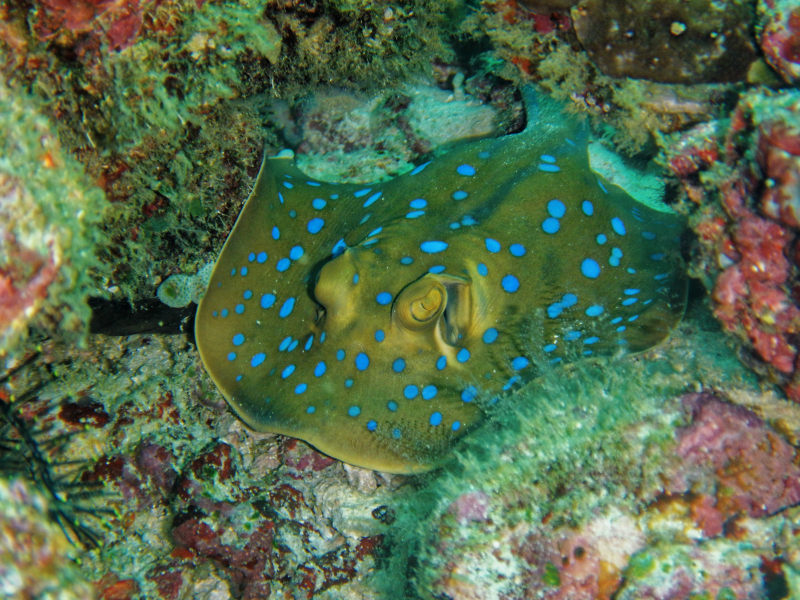
Image by Tom Fisk via pexels.com 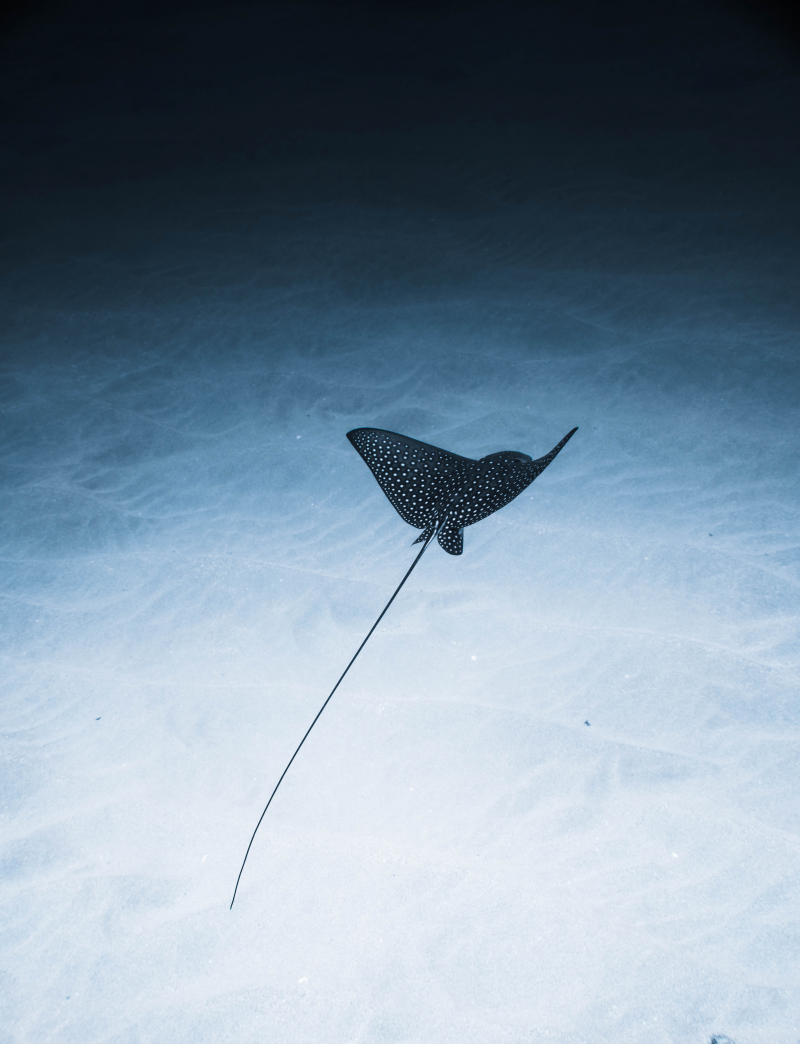
Image by Daniel Torobekov via pexels.com -
Since they are related to catfish and carp rather than eels, technically speaking, electric eels aren't considered to be eels. These animals, which may be found in the Amazon and Orinoco river basins, share one of the most unusual and distinctive evolutionary properties in nature: the capacity to generate electricity. Only a few other species, such as electric rays and electric catfish, have been known to attack people, however there haven't been many instances of this.
But electric eels have consistently shown to be among the most hazardous fish to come across in the wild. When sufficiently enraged, they may produce up to 600 volts of electricity to fend off predators. Even though there haven't been many fatalities associated with electric eel attacks, this may be more of a reflection of a dearth of records than anything else. People have undoubtedly drowned in shallow water after being electrocuted or died from respiratory or cardiac failure brought on by the shock.
Kingdom: Animalia
Phylum: Chordata
Class: Actinopterygii
Order: Gymnotiformes
Family: Gymnotidae
Genus: Electrophorus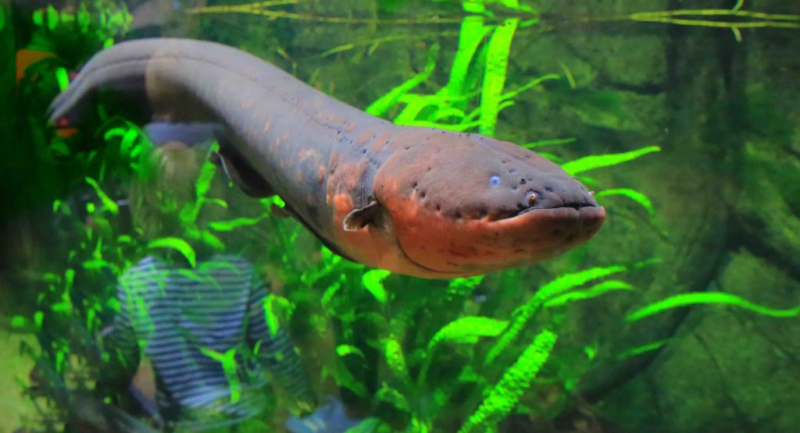
https://facts.net/ 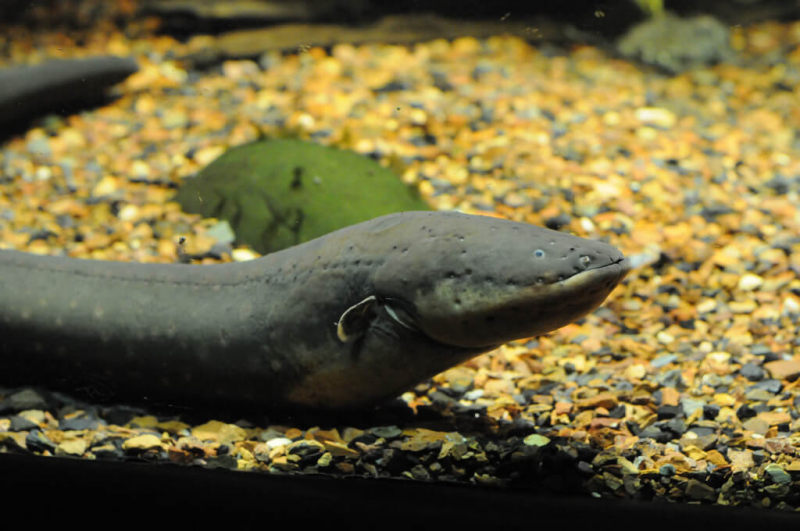
https://www.climate-kic.org/ -
The only aspect of the Candiru's description that isn't terrifying is the fact that it's only an inch long. It is a parasite fish from the catfish family that survives mostly by sucking the blood of other marine and terrestrial animals. The majority of the time, it may be discovered in the gill cavities of different fish, but if you're not careful, it can very readily enter the human body.
Through the urethra, where it lodges itself using its spines and begins eating, this species has been known to infest swimmers. Since the candiru can remain inside a host for a long time, getting rid of it gets harder and harder over time. A candiru infection could result in severe inflammation, bleeding, and even death if treated improperly.
Kingdom: Animalia
Phylum: Chordata
Class: Actinopterygii
Order: Siluriformes
Family: Trichomycteridae
Genus: Vandellia
Species: V. cirrhosa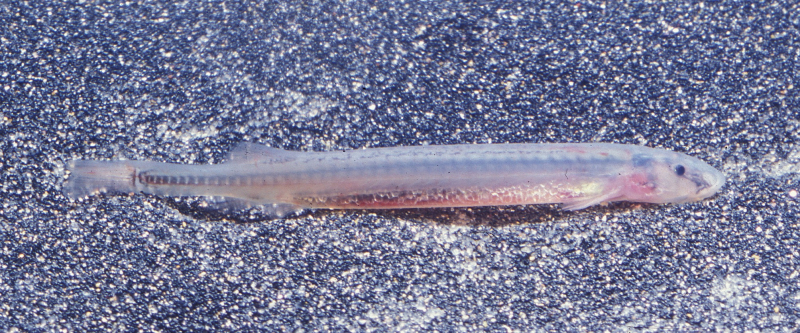
http://www.fishwallpapers.com/ 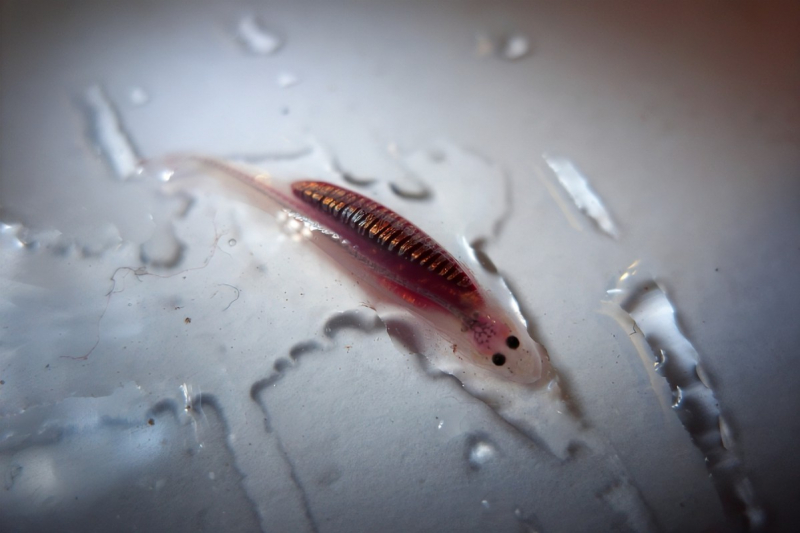
http://www.seriouslyfish.com -
The distinctive, vivid appearance of almost all lionfish species makes them easy to identify. All lionfish species, which are found in the Indo-Pacific, are vibrant and beautiful to look at. If you see one while diving in one of their habitats, you might even want to swim over to get a better look. However, if you get too closely, they may bite you and inject one of the ocean's most deadly venoms.
For those who are allergic to it, lionfish venom can result in a variety of deadly symptoms including delirium, convulsions, disorientation, heart attacks, loss of consciousness, high temperature, and even death. They make up for their rarely lethal bites by being exceptionally aggressive toward divers and terrifying the living daylights out of them. Additionally, they are among the most invasive species on the planet. Their habitat currently encompasses the waters of the Atlantic, Caribbean, and Gulf of Mexico due to their invasive nature.
Kingdom: Animalia
Phylum: Chordata
Class: Actinopterygii
Order: Scorpaeniformes
Family: Scorpaenidae
Tribe: Pteroini
Genus: Pterois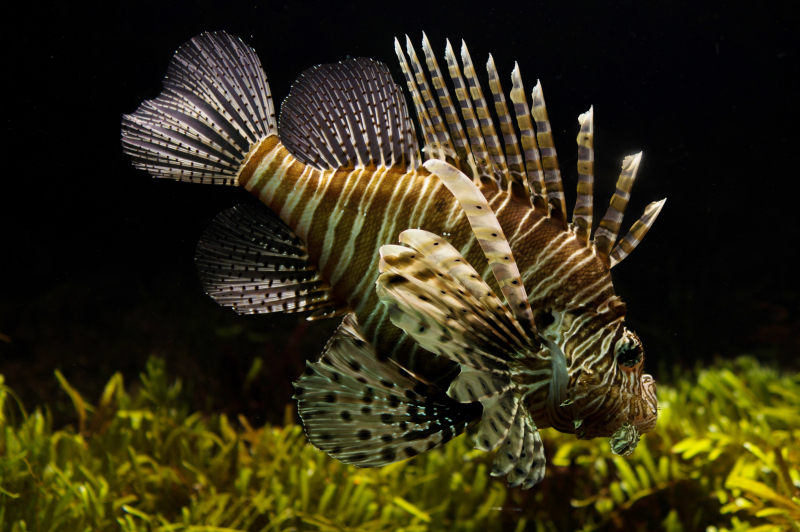
Image by Skitterphoto via pexels.com 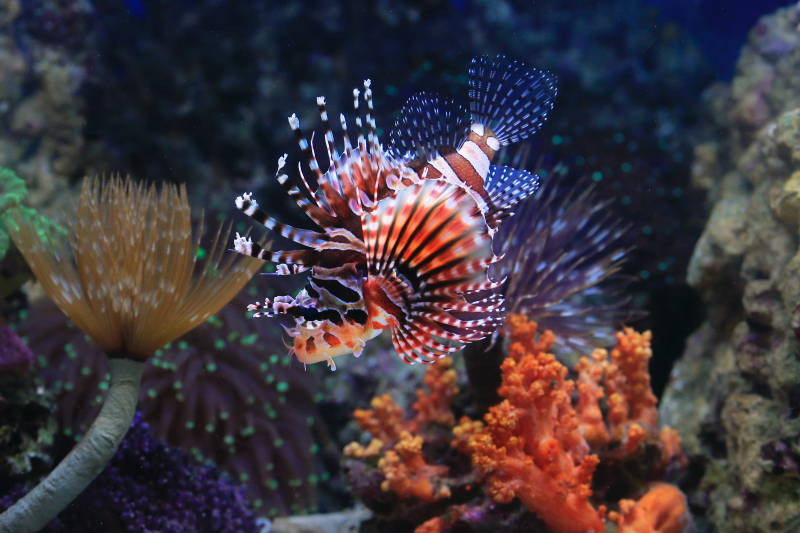
Image by Jeffry Surianto via pexels.com -
The Titan triggerfish is the biggest species of triggerfish that may be found worldwide in tropical ocean areas. The Indo-Pacific region, including Fiji, Thailand, the coral reefs of Australia, the Philippines, the Maldives, and the Indonesian islands, is its habitat. In general, Titan triggerfish are not particularly hostile, and divers frequently come across them in one of their environments. However, when it comes to aggression and danger, they might as well rank among the most deadly fish species we are aware of.
During the nesting season, titans have attacked divers in a variety of methods, including by chewing off their fins and destroying their gear. Even after being bit through their suits, some divers said it was still quite painful. Although we advise against banking on it and simply avoiding diving wherever these things are prevalent, there are situations when they might not even bite at all and will simply swim aggressively towards you to escort you out of their zone. Titan triggerfish are unexpectedly aggressive and have strong bites, but fortunately they lack venom.
Kingdom: Animalia
Phylum: Chordata
Class: Actinopterygii
Order: Tetraodontiformes
Family: Balistidae
Genus: Balistoides
Species: B. viridescens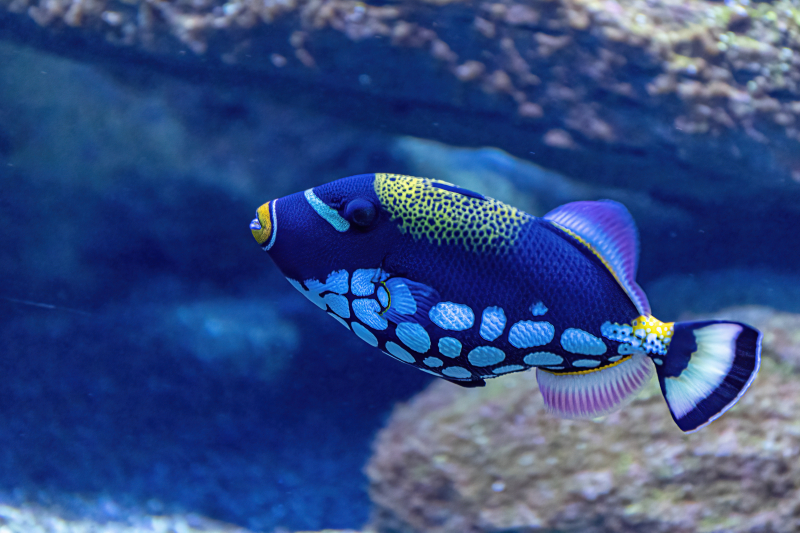
Image by Antonio Friedemann via pexels.com 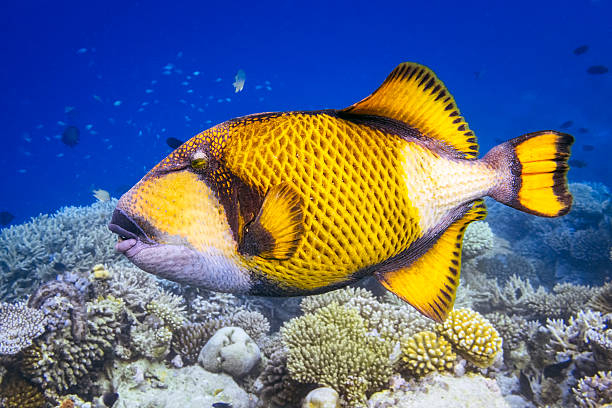
https://www.istockphoto.com/ -
A family of eels known as moray eels is widespread around the world and is distinguished by its fearsome jaws and aggressive behavior. Although getting bitten by a wild animal is rare, it is possible if you are swimming in one of its habitats. Morays have also been known to bite persons who tried to feed them at home.
If not treated in a timely manner, a bite from one of the larger species can result in a severe laceration or possibly the loss of a finger. Because some moray species have a variety of poisons in their systems, including ones that can kill red blood cells and delay clotting, their bite wounds can be exceptionally painful and bleed more than those from other fish species. Fortunately, their chosen habitats, generally brackish water bodies, are not the best places to swim, thus encounters with people are quite uncommon.
Kingdom: Animalia
Phylum: Chordata
Class: Actinopterygii
Order: Anguilliformes
Suborder: Muraenoidei
Family: Muraenidae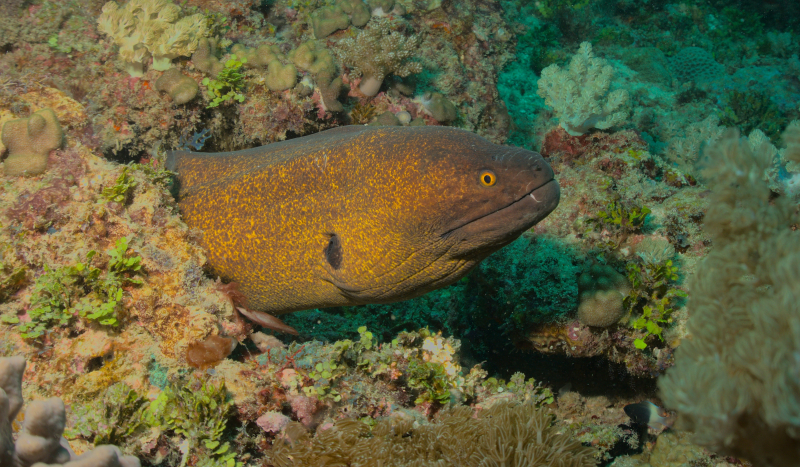
Image by Nirav Shah via pexels.com 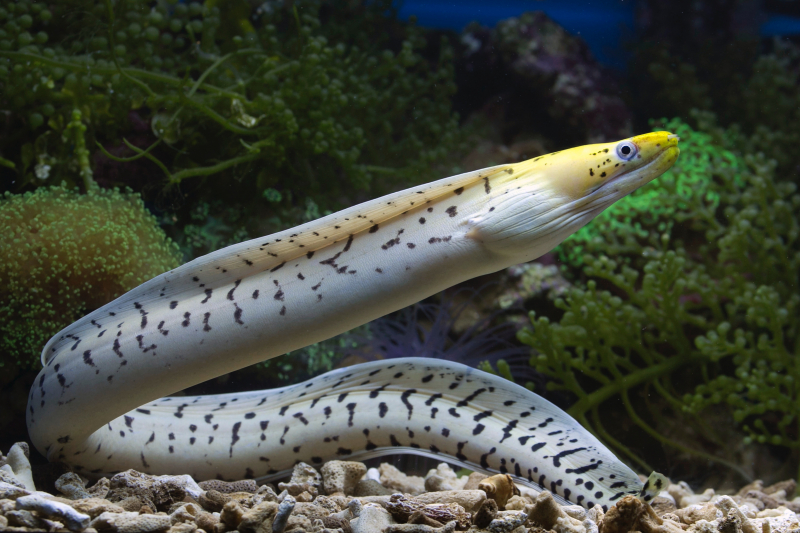
Image by Jeffry Surianto via pexels.com












